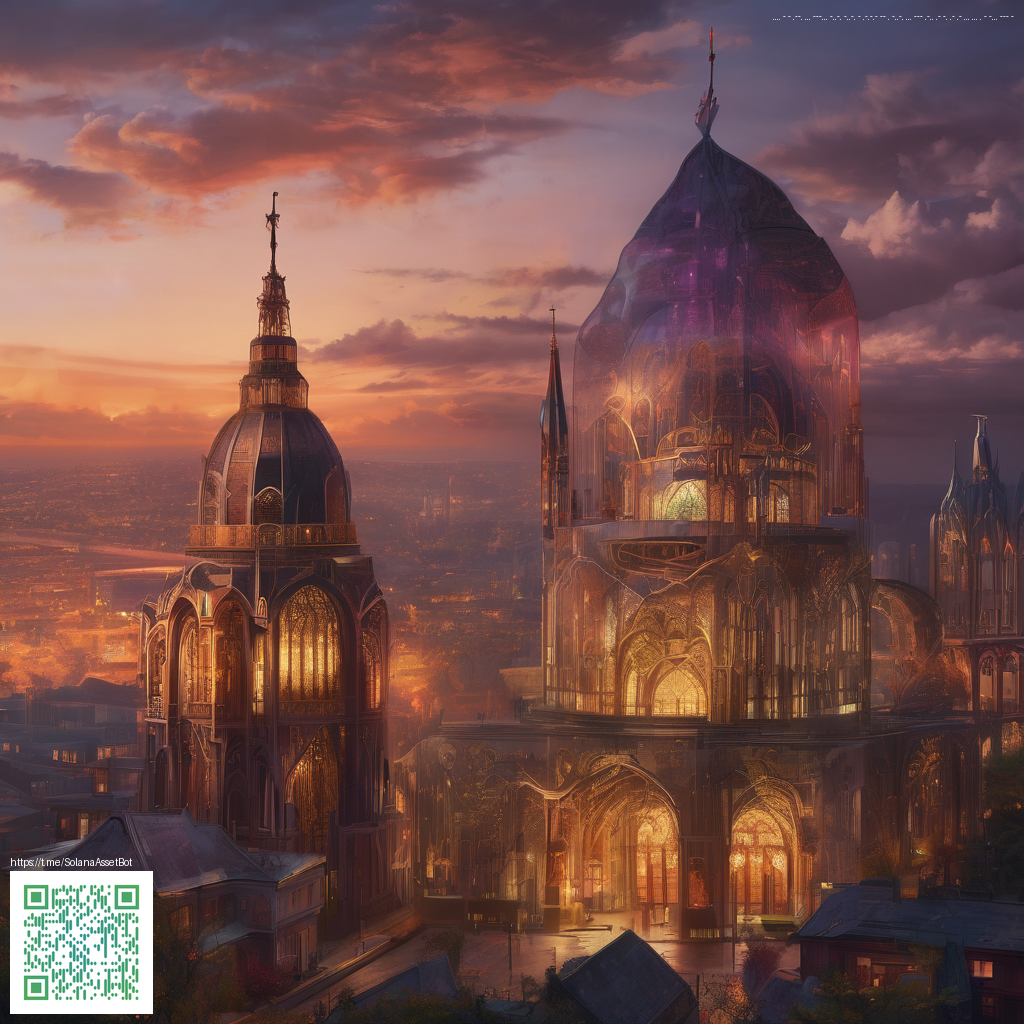
Exploring Tomorrow's Textures in Paper Design
Generative textures are moving beyond the screen and into the realm of tangible materials. Designers are learning to translate algorithmic complexity into surfaces that feel organic, tactile, and uniquely human. The idea isn’t to replace paper but to redefine what it means for a surface to be seen, touched, and interacted with. As computational tools become more capable, the texture language used in print, packaging, and desk accessories is evolving at a remarkable pace.
Texture as a Language
Texture is becoming a language of its own—one that communicates mood, weight, and era with a few subtle curves or a dense weave of lines. Generative processes empower designers to explore infinite variants quickly, then curate a handful that align with a brand’s voice. The result is not random chaos but deliberate variation shaped by rules, constraints, and data about how people perceive depth and tactility. In practice, this means textures can be broken down into components—pattern density, motif scale, and rhythm—so that a single design system can produce countless, coherent outcomes.
“When algorithms collaborate with craft, the boundary between digital and physical texture dissolves, opening new possibilities for paper and print.”
From Screen to Substrate: Why Paper Still Matters
Paper remains a powerful medium because it carries memory and tactility. Generative textures don’t erase that heritage; they augment it. Subtle embossing patterns, letterpress lines, and coated finishes can reflect algorithmic decisions—varying in response to light, angle, or even user interaction. The workflow often starts with digital texture maps or procedural rules, then translates into print-ready files or engraving steps. This cross-pollination yields printed pieces that feel distinct, premium, and thoughtfully crafted.
Practical Considerations for Designers and Producers
- Resolution and scale matter. Generative textures branch into micro-patterns and macro motifs; choosing the right scale ensures readability and tactility on paper stock.
- Material behavior. Paper, varnish, and coating interact with light and texture differently. Test swatches with your chosen stock to calibrate contrast and embossing depth.
- Consistency across media. A single generative rule can inform both a print template and a physical object, creating a unified brand language from brochure to desk accessory.
- Sustainability considerations. Procedural design can optimize material use, reducing waste through smarter layout and selective embossing or cutting.
As you experiment with these ideas, consider how a real-world example might look. For workspace environments that prize both aesthetics and function, a product like the Neon Custom Desk Mouse Pad demonstrates how generative textures translate to a physical object. The pad’s surface can be treated with a unique pattern inspired by algorithmic processes, marrying visual interest with a practical, high-friction base for daily use.
Design Workflows for Generative Textures
A typical workflow blends generative tools with traditional craft methods. Start with a parameterized blueprint—density, spacing, motif family, and color limits. Iterate, select, and refine. Then translate the result into vector outlines for embossing, foil stamping, or laser-cutting, or prepare high-resolution textures for print. Designers who embrace this loop create systems that stay fresh yet cohesive, allowing for seasonal or campaign-driven variations without losing brand integrity.
For researchers, educators, and studios exploring similar themes, a complementary resource on the topic can be found here: https://crystal-static.zero-static.xyz/index.html.
Similar Content
Page resource: https://crystal-static.zero-static.xyz/index.html